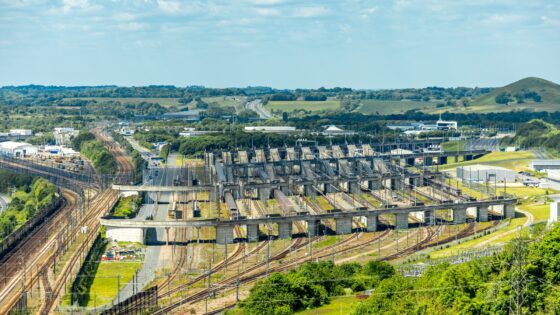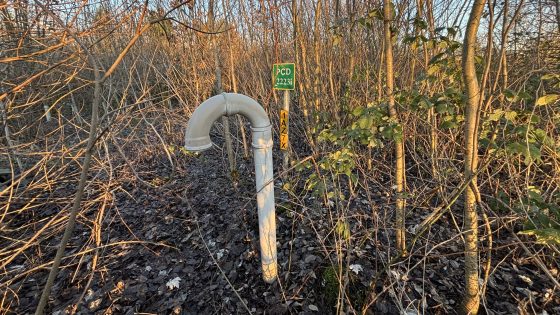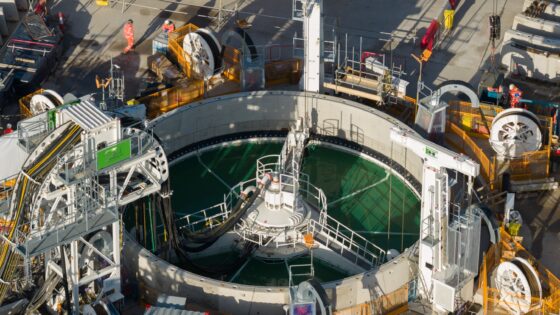Morgan Sindall’s Salford acoustics building: design and vibration control notes for engineers
Reviewed by Tom Sullivan

First reported on The Construction Index
30 Second Briefing
Construction has started on the University of Salford’s £24m acoustics institute, featuring vibration‑isolating foundations and extra‑dense concrete walls to create ultra‑low‑noise, idealised acoustic environments within a triple‑height, acoustically isolated laboratory core. Facilities will include anechoic chambers, a wind tunnel, a four‑chamber building envelope test suite for construction materials, and a perception engineering sleep lab, with some rooms designed to meet international standards for ultra‑precise acoustic measurements. Due for completion in mid‑2027, the building will support testing from AI‑enabled hearing aids to aeroplane engines, with an overhead crane for heavy test articles.
Technical Brief
- Project cost is nearly £24m, funded within the £2.5bn Crescent Salford masterplan framework.
- Morgan Sindall Construction is main contractor, delivering under its “Intelligent Solutions” performance-led approach.
- Vibration-isolating foundations require detailed geotechnical characterisation and tuned isolation system design.
- Facility forms part of Crescent Innovation, jointly promoted by University of Salford, Salford City Council and ECF.
- WHO’s designation of noise as second most harmful environmental pollutant underpins demand for such test infrastructure.
Our Take
With the Crescent Salford masterplan valued at £2.5bn, this £24m acoustics facility is a relatively small but high-spec anchor, signalling that University of Salford and GMCA are using specialist research assets to de‑risk and catalyse later commercial and residential phases.
In our infrastructure coverage, Salford and the wider northwest appear less frequently than southern city-regions, so this scheme positions Morgan Sindall and Muse as early movers in a corridor where public bodies like Homes England and Legal & General are now backing larger regeneration plays.
The dedicated acoustics institute and laboratory suggest a focus on low-vibration, high-isolation design; for contractors, that typically means tighter tolerances on foundations, structural dynamics and building services than on standard higher-education teaching blocks.
Prepared by collating external sources, AI-assisted tools, and Geomechanics.io’s proprietary mining database, then reviewed for technical accuracy & edited by our geotechnical team.
Related Articles
Related Industries & Products
Construction
Quality control software for construction companies with material testing, batch tracking, and compliance management.
Mining
Geotechnical software solutions for mining operations including CMRR analysis, hydrogeological testing, and data management.
QCDB-io
Comprehensive quality control database for manufacturing, tunnelling, and civil construction with UCS testing, PSD analysis, and grout mix design management.


